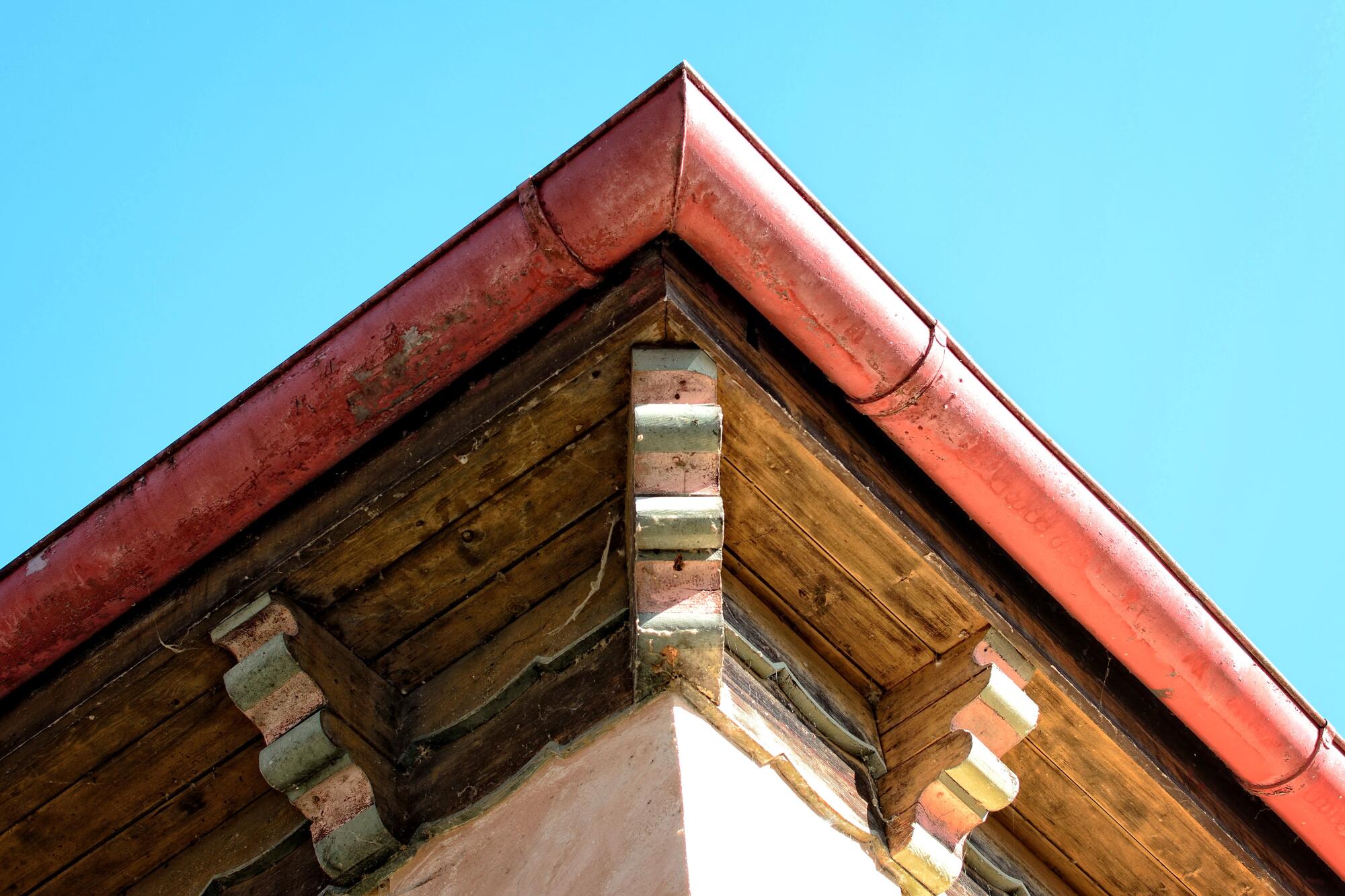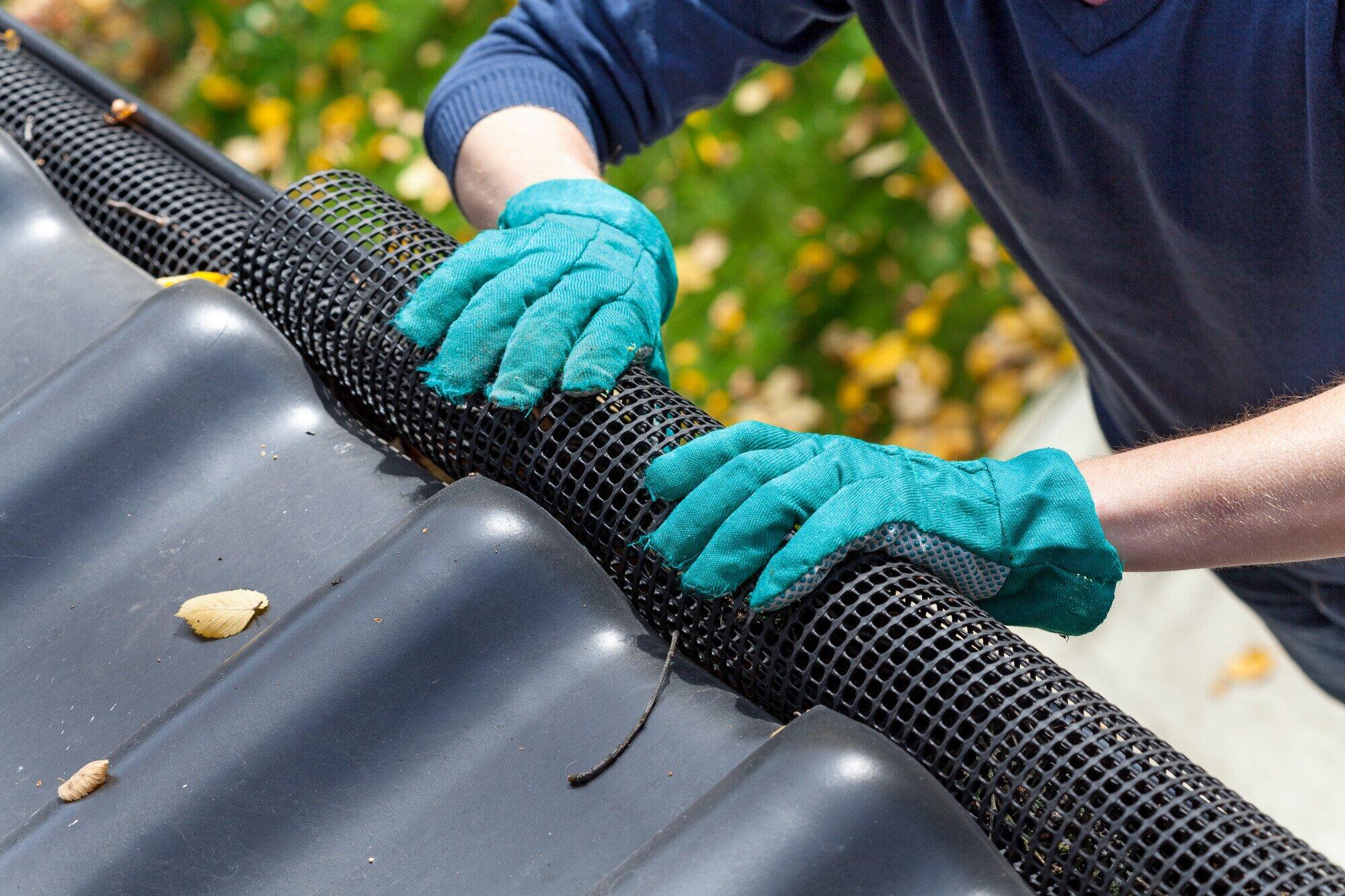
Gutter installation is a crucial part of home maintenance that often goes overlooked. Properly installed gutters help redirect rainwater away from your home, safeguarding its foundation and preventing potential water damage. Whether you’re building a new home, replacing old gutters, or undertaking a DIY project, understanding the essentials of top gutter installation can lead to long-term benefits.
Before starting the installation process, it’s important to gather the necessary materials and tools. You will typically need gutter sections, downspouts, end caps, and brackets, alongside tools such as a drill, level, measuring tape, and safety equipment. Choosing the right type of gutter materials, such as vinyl, aluminum, or copper, is also critical, as this will affect durability and aesthetics. Conduct thorough research or consult a professional to determine the best options for your specific roofing system.
Once you have everything you need, the installation process begins with accurately measuring the length of the eaves where gutters will be installed. This ensures that you order enough material to cover the entire area. With your measurements in hand, you can cut the gutter sections to size and start attaching the brackets. It’s vital to install your gutters with a slight slope towards the downspouts, usually about a quarter inch per ten feet to ensure proper drainage. Failure to do so can lead to water pooling, which defeats the primary purpose of gutters.
After positioning the sections and securing them in place, connect the downspouts at designated intervals, ensuring they are also sloped to guide the water efficiently away from the house. Seamless gutters are a popular choice, as they reduce leaks and provide a clean look. Lastly, be sure to test your installation by simulating a rainstorm with a hose to check for flow and drainage. Address any leaks or blockages before considering this job complete.
In conclusion, installing gutters is an essential investment in the long-term health of your home. A well-executed gutter system protects against water-related damage and can enhance the aesthetic value of your property. By following a clear, step-by-step approach and taking the time to understand your materials and measurements, you can install gutters that efficiently channel water, keeping your home safe and dry for years to come.
This post will help you understand the topic even better: https://en.wikipedia.org/wiki/Box_gutter


